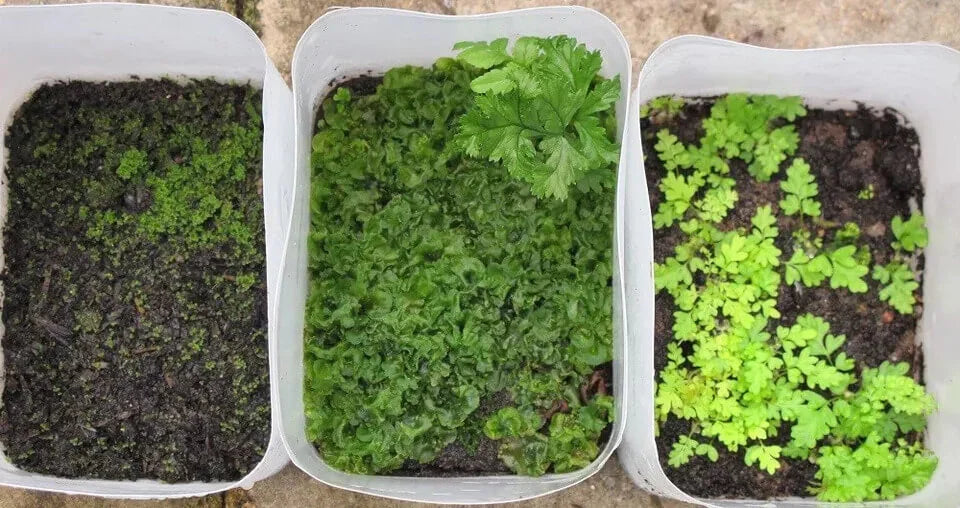Ships from Lynnwood, Washington, USA
1000 Northern Maidenhair Fern Spores – Adiantum Pedatum Seeds
1000 Northern Maidenhair Fern Spores – Adiantum Pedatum Seeds
Couldn't load pickup availability
Add a touch of woodland elegance to your garden with Northern Maidenhair Fern Spores (Adiantum pedatum). This delicate, shade-loving perennial fern features arching black stems and soft, fan-shaped fronds that create a graceful, airy texture in any landscape. Perfect for shady borders, forest gardens, and moisture-rich areas, this native fern thrives where many other plants struggle.
Known for its natural beauty and resilience, the Northern Maidenhair Fern is an excellent choice for gardeners seeking a timeless plant that combines refinement, low maintenance, and cold hardiness.
🌿 Botanical Info:
-
Scientific Name: Adiantum pedatum
-
Common Name: Northern Maidenhair Fern
-
Type: Hardy Perennial Fern
-
Height: 12–24 inches tall
-
Spread: 12–18 inches
-
Light Requirement: Partial to full shade
-
Soil: Moist, rich, well-drained
- Zones: USDA 3–8
🌱 Why Grow Northern Maidenhair Fern Spores?
- 💧 Thrives in Moist Shade: Perfect for woodland, pondside, or shaded garden beds.
- 🪴 Low Maintenance: Once established, it requires minimal care and naturally resists pests.
- 🌿 Native & Hardy: A North American native that adapts beautifully to cool, shaded climates.
- 🌎 Eco-Friendly: Grows from spores, allowing sustainable propagation without harming wild populations.
🌿 Growing Tips
-
Sowing Time: Start spores indoors in late winter or early spring.
-
Medium: Use a sterile, moist peat moss or fine potting mix.
-
Sowing Method: Sprinkle spores on the surface—do not cover. Keep evenly moist.
-
Humidity: Cover with a clear lid or plastic wrap to maintain humidity.
-
Light: Provide indirect light or dappled shade—avoid direct sun.
-
Germination: Expect germination in 4–8 weeks.
-
Transplant: Move young ferns outdoors when frost danger has passed, spacing them 12–18 inches apart.
- Care: Keep soil evenly moist but never waterlogged. Add mulch to retain moisture.
❓ Frequently Asked Questions (FAQ)
Is the Northern Maidenhair Fern hard to grow from spores?
It takes patience, but it’s very rewarding! Keep the spores warm, humid, and out of direct light for best results.
Can I grow this fern indoors?
Yes! It thrives indoors in bright, indirect light and high humidity—perfect for terrariums or bathrooms.
How much water does it need?
The soil should always stay moist, but not soggy. Avoid letting it dry out completely.
Is it deer or pest resistant?
Yes! Northern Maidenhair Ferns are generally deer- and pest-resistant, making them low-maintenance additions to your garden.
When will it start to grow outside?
Ferns typically emerge in late spring once soil temperatures warm up.
Where to Buy Northern Maidenhair Fern Spores for Sale?
At Seeds World, we offer fresh, high-quality Northern Maidenhair Fern spores Seeds with fast U.S. shipping. Perfect for gardeners, collectors, and nature lovers looking to create a serene, shade-filled retreat.
Share








